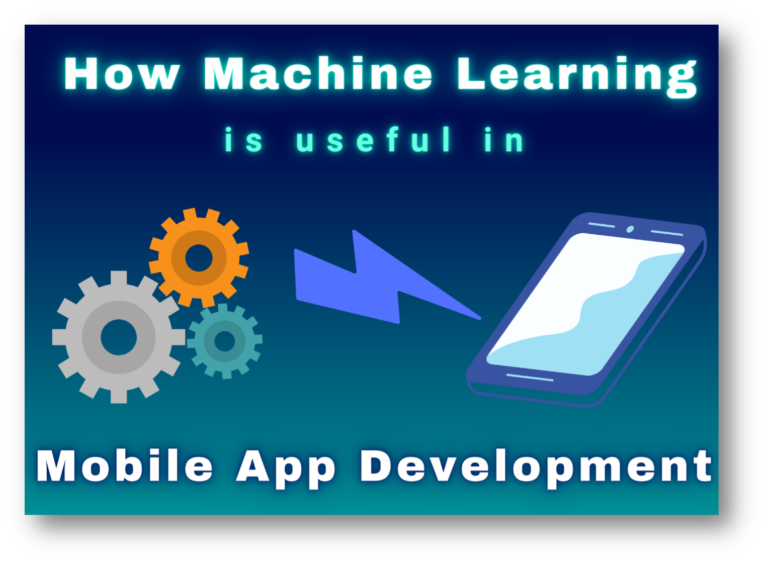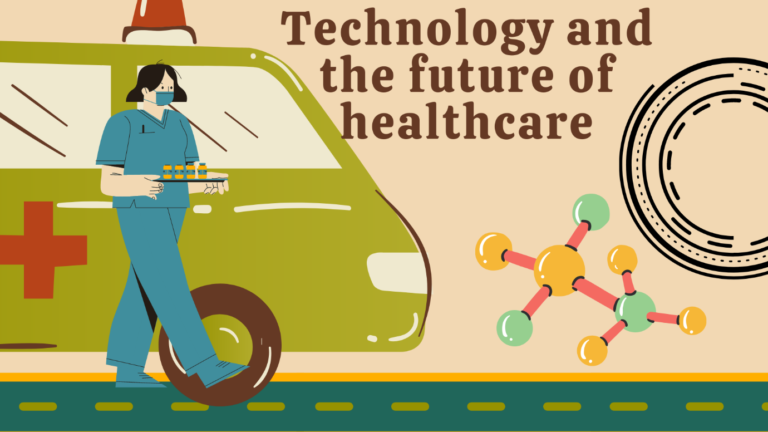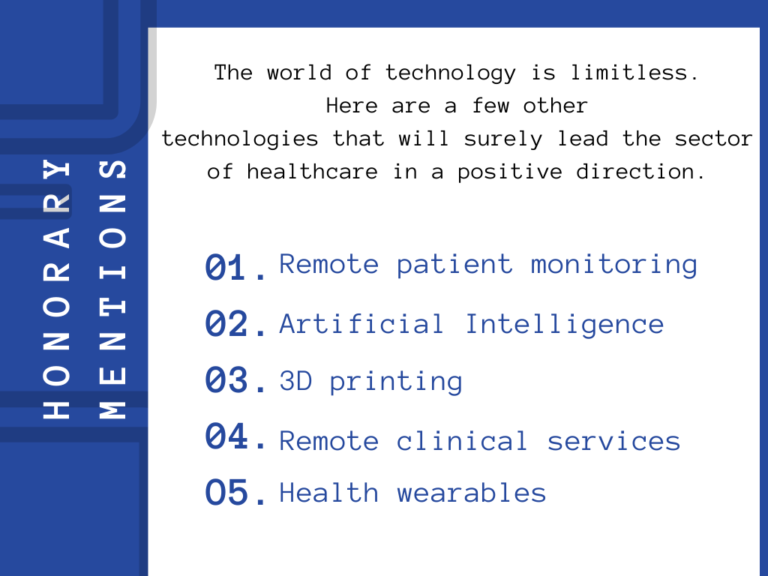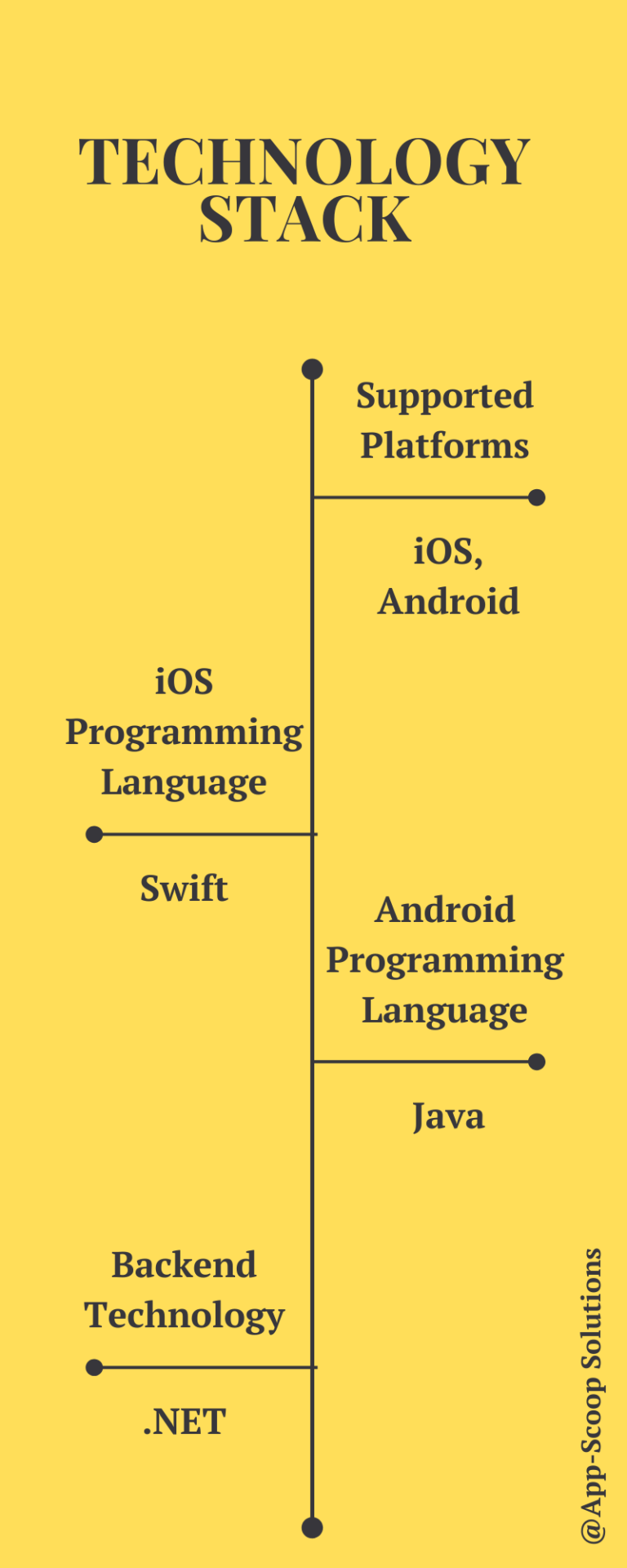“Machine Intelligence is the last invention that humanity will ever need to make” -Nick Bostrom
This quote by the Swedish-born philosopher speaks volumes about how Machine Learning (ML) is creating an impact on humankind. This technology has played a crucial role in every segment, especially the mobile application development area. Whenever you need to understand consumer behavior, prevent fraud, provide security, data mining, etc; ML does the needful. In short, ML has simply revamped the way humans interact with mobiles or machines. Take, for instance, Netflix, it saved a whopping $1 billion by incorporating ML in its system. As we talk stats, it is also important to mention that 97% of mobile users are using AI-powered voice assistants. This show how Machine Learning impact Mobile Application.
As per the reports, in 2021, the ML market size was about $16 billion. Currently, the size is around $21 billion, and it will grow manifold to reach over $200 billion which is the expected market size of this technology by 2029. Mobile app development can leverage this technology to grow leaps and bounds. ML’s algorithm allows developers to provide a great user experience. In this article, we talk about the amalgamation of ML and mobile app development, its perks, and a lot more.

Why should developers incorporate ML?
ML can simply transform the way the mobile application works. It analyzes consumer behaviour, defines a pattern, plots powerful algorithms, and gives personalized experience; the list is endless. All these factors are considered while developing a mobile application. Developers can incorporate machine learning and present all these traits to their users. And, in turn, enjoy the growth of the application. Machine learning never stops learnings. It learns and re-learns to give nothing but the best and provides customized service. ML provides a plethora of options that the developers can play with. They should make the most and leverage ML.
• Developers can skill and train ML to make the system secure and fast.
• Analysis of the data is priceless. It broadens your horizons. Developers should cash in on predictive analysis.
• With that, a developer should also touch base on character recognition and natural language processing. These processes can help them create an array of applications that will change the way how people look at apps.
Advantages of incorporating Machine Learning in Mobile App Development
1. Improves search option and output
To provide a better user experience, effective search in the mobile application is becoming more important than ever. Giving this process a boost is ML, that not only improves the search process but also gives a push for a better outcome. And the best part is ML does this process within no time and takes in minimum effort. The tool that it uses such as pattern detections, and graphical and behavioural data, is simply impeccable.
2. Assessment of consumer behaviour
To take the brand to the next level, gaining insights into consumer behaviour opens new doors of opportunities. This is especially important when it comes to mobile application development. Understanding factors such as age, location, gender, and usage of the application allows the developers to build an application the consumer will love. This helps the developers fill in the market gaps, identify the apps that woo the consumers, and understand their buying patterns. That’s when ML comes into the picture. It helps to create clusters and provide categories that a group people want as per their similarities.
3. Supports data mining
Now, when your product is been used by millions gathering various types of customer data and uncovering patterns is inevitable. Data mining helps to convert raw data into useful data. And the developers should make the most out of this. ML helps to categorize this huge data, process it, and future analyze it giving us an optimum result. For an application to live forever in the heart of the consumers, it has to work seamlessly and keep offering the consumers what they are looking for. Incorporating ML to leverage data mining provides well-designed strategies for the same.
Read more: https://chatbotsjournal.com/how-machine-learning-is-usefull-in-mobile-app-development-760cc2f38eed
4. Provides a personalized experience
ML never stop learning or analyzing. ML analyzes various information fed by the users and generates an algorithm that suits the best for the mobile app and the user. It continuously learns about your app’s users and helps in answering these questions:
• Developers can skill and train ML to make the system secure and fast.
• Analysis of the data is priceless. It broadens your horizons. Developers should cash in on predictive analysis.
• With that, a developer should also touch base on character recognition and natural language processing. These processes can help them create an array of applications that will change the way how people look at apps.
5. Identifies frauds and provides security
While applications enjoy the attention and success, let’s not forget that they are prone to security and fraud threats. Addressing these issues at the initial stages and of course, curbing them will surely assure the users of your intentions. Users have their information stored on their apps, hence putting an end to security and fraudsters should be the topmost priority. What ML does is, it can detect fraudulent activities at a faster and an accurate level. Its algorithm can easily detect irregularities that lead to fraud and can cause a security threat.
6. Healthy customer connection
To maintain a healthy customer connection, the application should solve their queries in a jiffy. Now, it is practically impossible for someone to tend to the customer’s needs round the clock. Chatbots built using ML, not only helps the companies understand their consumers better but it also takes a load off the employees. ML has the power to understand their queries and give them an optimum response. If the user is still not happy with the response, they can simply opt for the traditional means of communication.
Read more: : https://www.cmarix.com/blog/leverage-the-hidden-potent-of-machine-learning-for-mobile-apps/
7. Aids in the overall development
ML makes the process fast and secure; it further helps in detecting fraudulent activities. The seamless algorithm it uses allows businesses to predict future trends. This, in turn, allows them to think differently, providing them with a competitive edge over others. ML can lend a helping hand to make the application look out of the box. It also enables the developers to think creatively and aids in creating patterns too. This helps in overall development.

Final thoughts
Moving on, it will become more and more important to predict human behaviour, improve security levels, elevate the personalization level, and provide better search and ads. ML has fairly bridged this gap for mobile application development. More so, it has also channelized this sector. The search, authentication, and other traits it provides have heavily benefited this sector. In short, the incorporation of ML is essential to convert your business into a successful one. Hope this article clears your doubts pertaining to ML and its integration with mobile application development. To know more contact our experts at https://www.app-scoop.com/contact-us.html.





